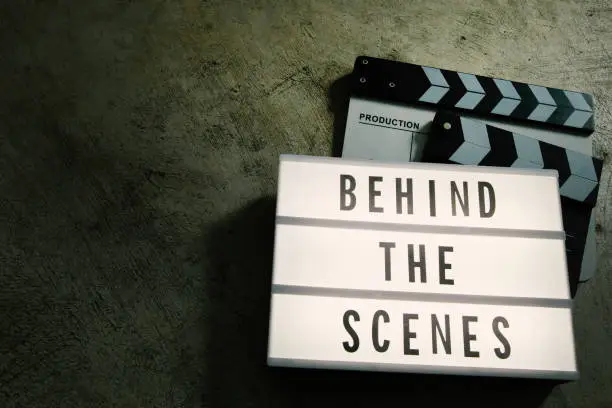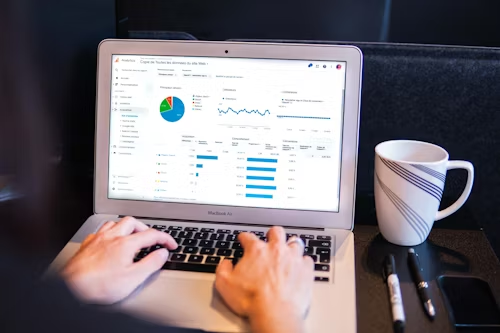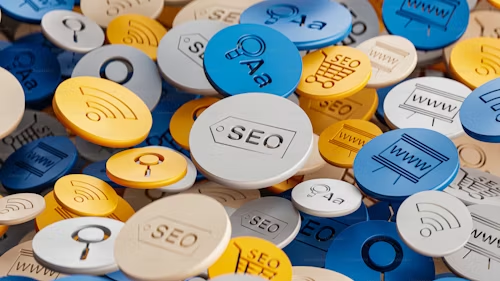
Step 1: Understanding the Project Goals
Every successful project begins with a clear understanding of the client’s goals. Whether it’s creating an eCommerce website, optimizing a blog, or developing a marketing strategy, I start by asking key questions:
- What is the primary objective of this project?
- Who is the target audience?
- What are the client’s expectations and vision?
This initial discovery phase involves in-depth discussions with the client, reviewing any existing materials, and conducting research to understand the competitive landscape. By the end of this stage, I have a solid grasp of the project’s purpose, which guides every subsequent decision.
Step 2: Planning and Strategy Development
Once the project goals are clear, I move into the planning phase. This is where the foundation for the entire project is laid out. My approach typically includes:
- Sitemap Creation: For websites, I create a detailed sitemap that outlines the structure and flow of the site. This ensures that all necessary pages are accounted for and that the user journey is logical and intuitive.
- Wireframing: Before jumping into design, I develop wireframes that map out the layout of each page. Wireframes help to visualize the structure without getting bogged down in design details.
- SEO Strategy: For content-focused projects like blogs or websites, I develop an SEO strategy that includes keyword research, on-page optimization plans, and a content calendar.
This phase is all about setting the stage for a smooth and efficient execution. By having a clear plan, I can ensure that the project stays on track and meets the client’s goals.
Conclusion: A Collaborative and Transparent Process
Behind every successful project is a well-structured process that blends creativity with technical expertise. By sharing a behind-the-scenes look at how I work, I hope to give potential clients confidence in my ability to deliver results. My approach is collaborative, transparent, and focused on achieving the client’s goals, ensuring that each project not only meets but exceeds expectations.
If you’re looking for a web developer who brings creativity, technical skill, and a well-honed process to every project, I’d love to discuss how we can work together. Let’s create something amazing!
In the world of web development and digital marketing, the end product is what most people see—a sleek website, a well-optimized blog, or a high-converting eCommerce store. However, what happens behind the scenes is just as crucial to the success of any project. Today, I’m pulling back the curtain to share my workflow, the tools I use, and my creative process. This insight will give potential clients a better understanding of how I approach each project and ensure the best possible outcomes.

Web Design Solutions

Technology Solutions

Marketing Strategy
Step 3: Design and Development
With the strategy in place, it’s time to bring the project to life. This is where creativity meets technical expertise:
- Design Process: Using tools like Adobe XD, Figma, or Sketch, I create visually compelling designs that align with the client’s brand identity. I focus on creating a balance between aesthetics and functionality, ensuring that the design is not only beautiful but also user-friendly.
- Development: Once the design is approved, I move into development. Depending on the project, I might work with WordPress, Shopify, or custom code. My development process is iterative, meaning I build and test components in phases to ensure everything functions perfectly.
- Responsive Design: Every website I build is optimized for all devices. I use responsive design techniques to ensure that the site looks great and functions smoothly on desktops, tablets, and smartphones.
During this phase, I maintain close communication with the client, providing updates and seeking feedback to ensure the project is progressing as expected.
Step 4: Testing and Quality Assurance
No project is complete without thorough testing. This phase is crucial to catching any issues before the site or content goes live:
- Functionality Testing: I test all features and functionalities, ensuring that everything works as intended, from forms and buttons to shopping carts and payment gateways.
- Cross-Browser Testing: I check the site across different browsers (Chrome, Firefox, Safari, etc.) to ensure consistency in appearance and performance.
- Performance Optimization: I run performance tests to check site speed and load times, making necessary adjustments to optimize performance.
This rigorous testing phase ensures that when the project goes live, it’s polished, professional, and ready for users.




